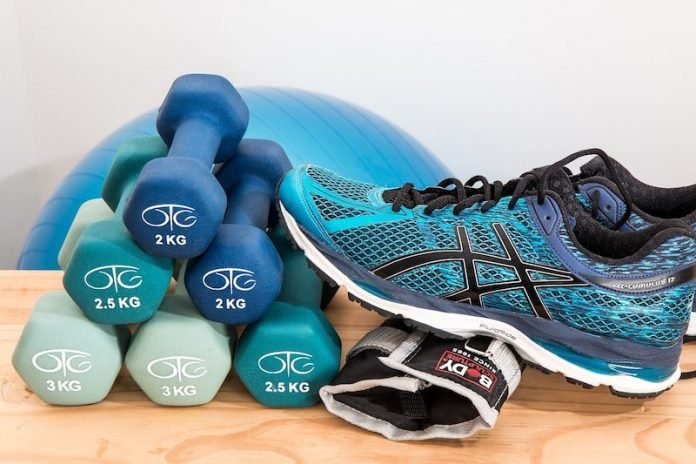
In a new study, researchers examined the effectiveness of old-school physical training and found that simple bodyweight exercises, when performed vigorously over short periods, improve cardiorespiratory fitness.
The findings are a reminder of the health benefits of practical, time-efficient simple exercises.
The research was conducted by a team at McMaster University.
Bodyweight style interval training is popular, but to this point, there is only limited research into its potential for improving cardiorespiratory fitness, which is an important measure of health and disease risk.
In the new study, the team examined classic principles of physical education and a fitness plan known as “5BX” or Five Basic Exercises, originally developed in the 1950s.
It was created by Dr. Bill Orban for Royal Canadian Air Force members stationed in remote outposts.
The plan is not dependent on any specialized facilities or equipment and can be scaled to suit an individual’s fitness level.
The exercises included simple calisthenics such as running in place, modified burpees, and squat jumps.
Participants performed the activities at a self-selected “challenging” pace, interspersed with light active recovery periods.
The 11-minute routine, which included a brief warm-up, does not demand extraordinarily high levels of motivation or “all-out” efforts, which are common to many intense interval training approaches.
After six weeks of training, three times per week, the team found participants’ cardiorespiratory fitness was higher than in a control group that did not exercise.
The findings have relevance for individuals seeking practical, time-efficient approaches to at least maintain their fitness.
The obvious advantage is that a workout of this nature can be done practically anywhere, in a time-efficient manner, and without the need for specialized equipment.
One author of the study is Martin Gibala, a professor of kinesiology.
The study is published in the International Journal of Exercise Science.
Copyright © 2021 Knowridge Science Report. All rights reserved.



